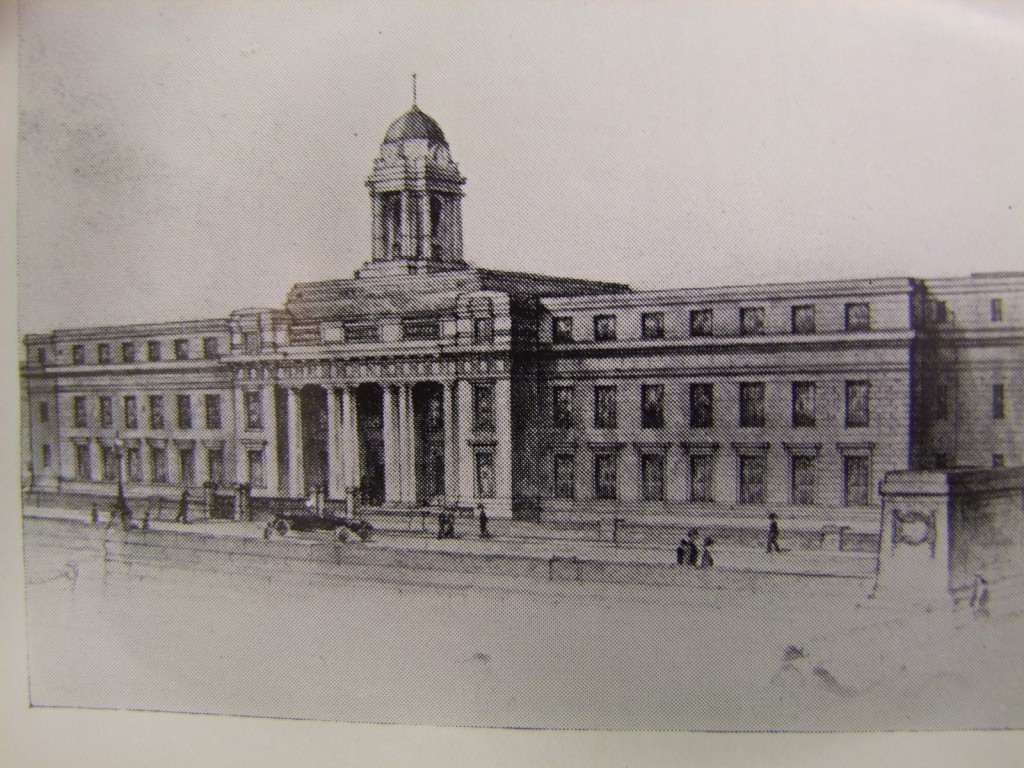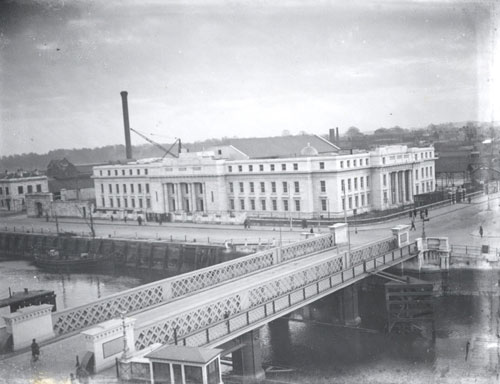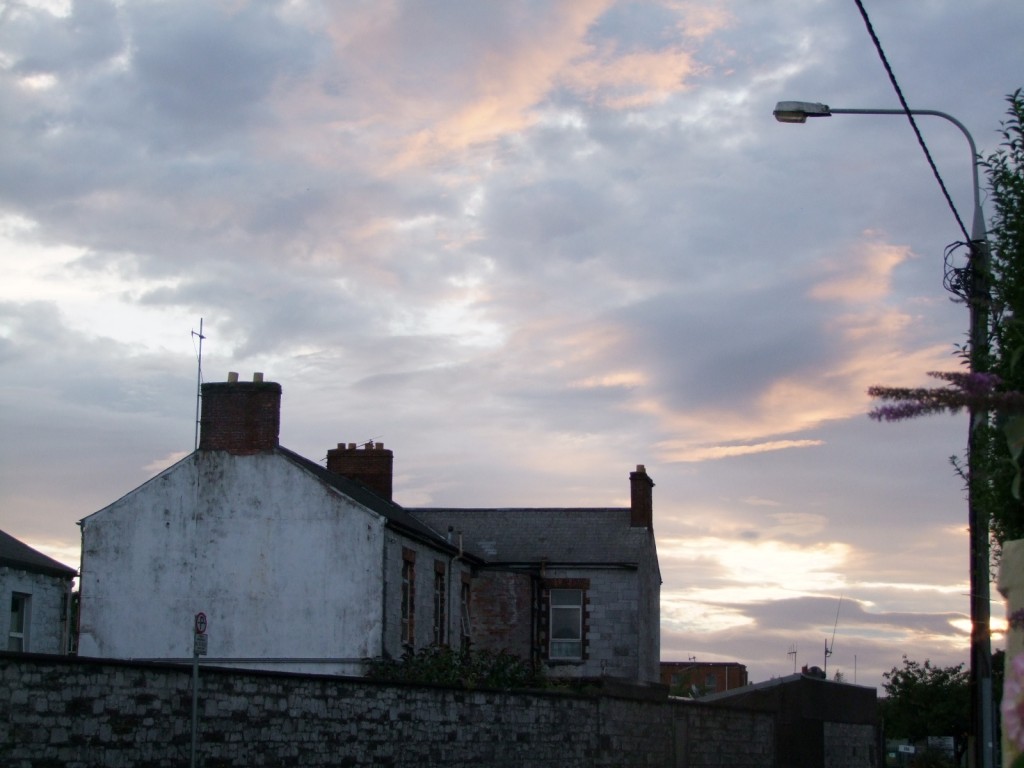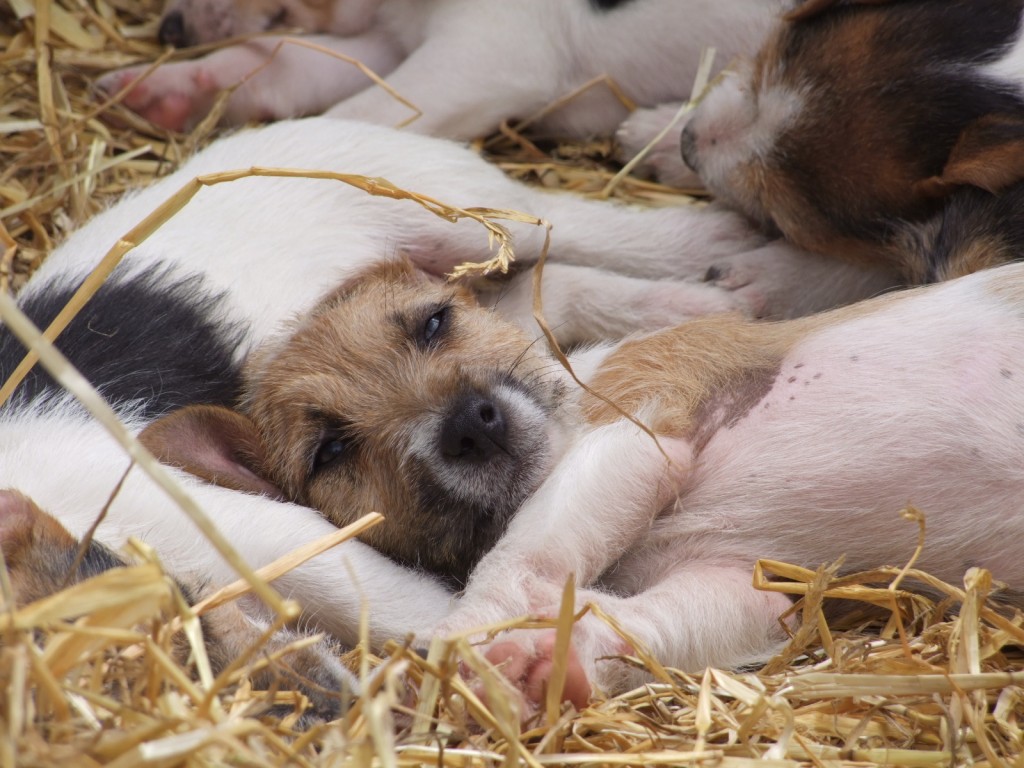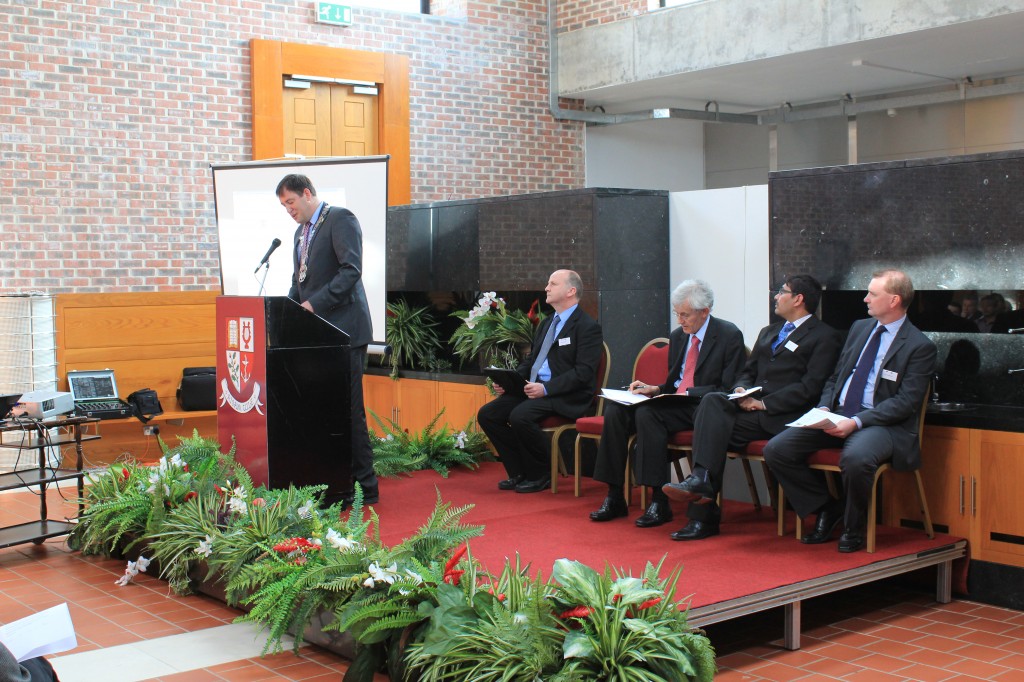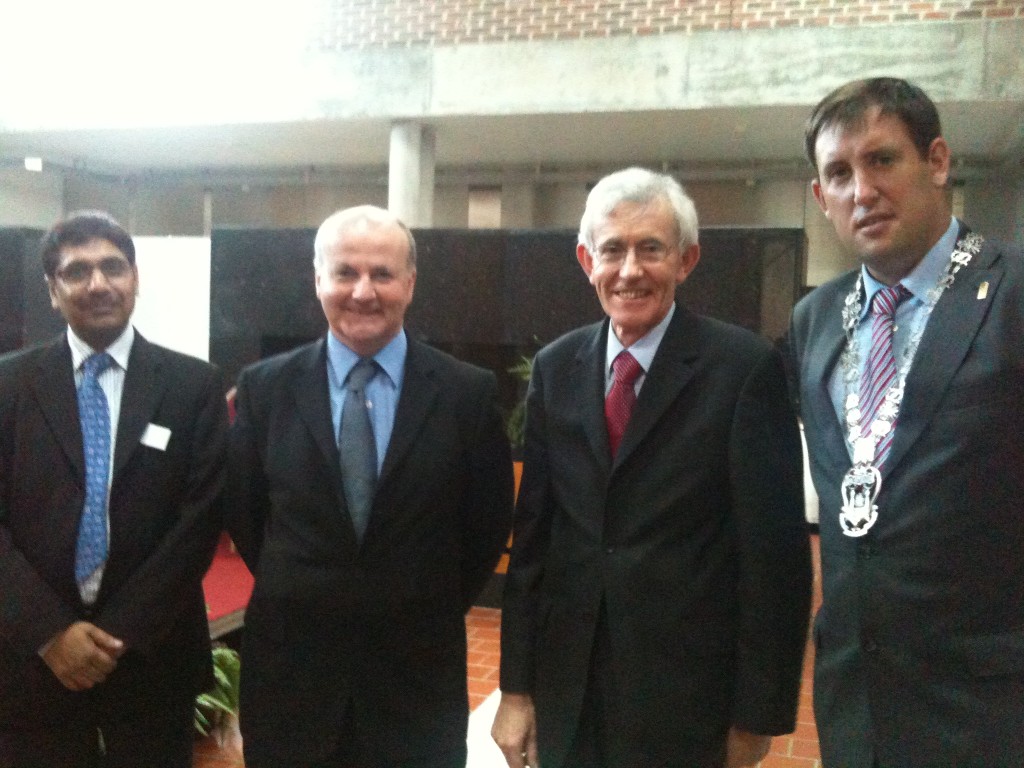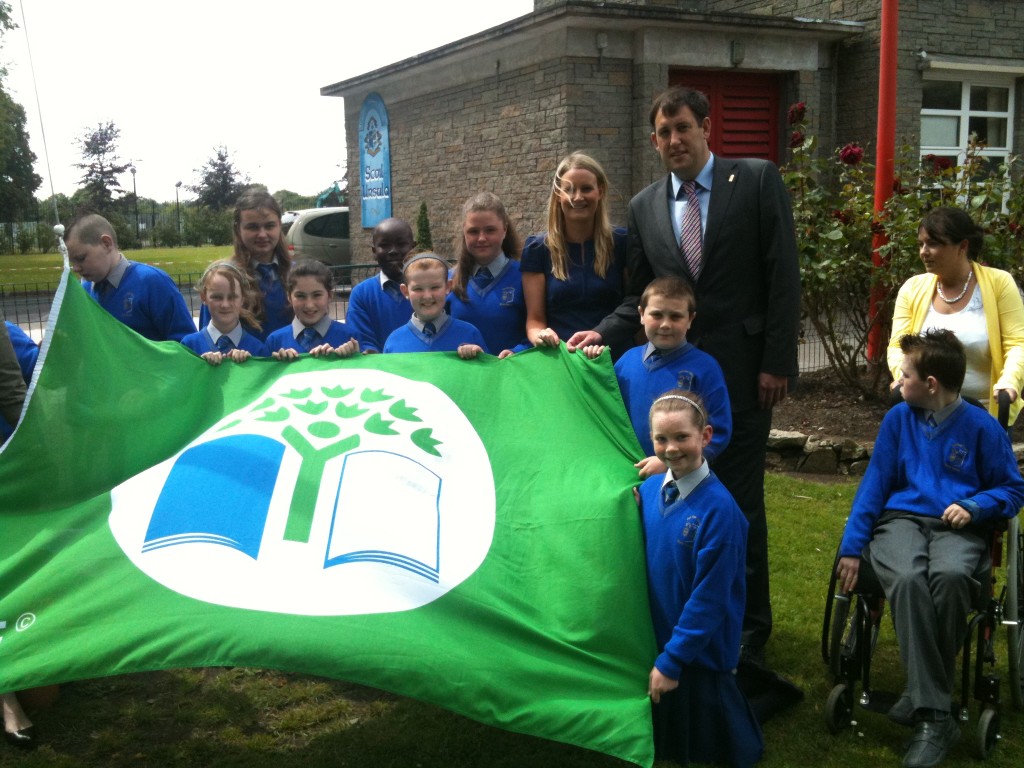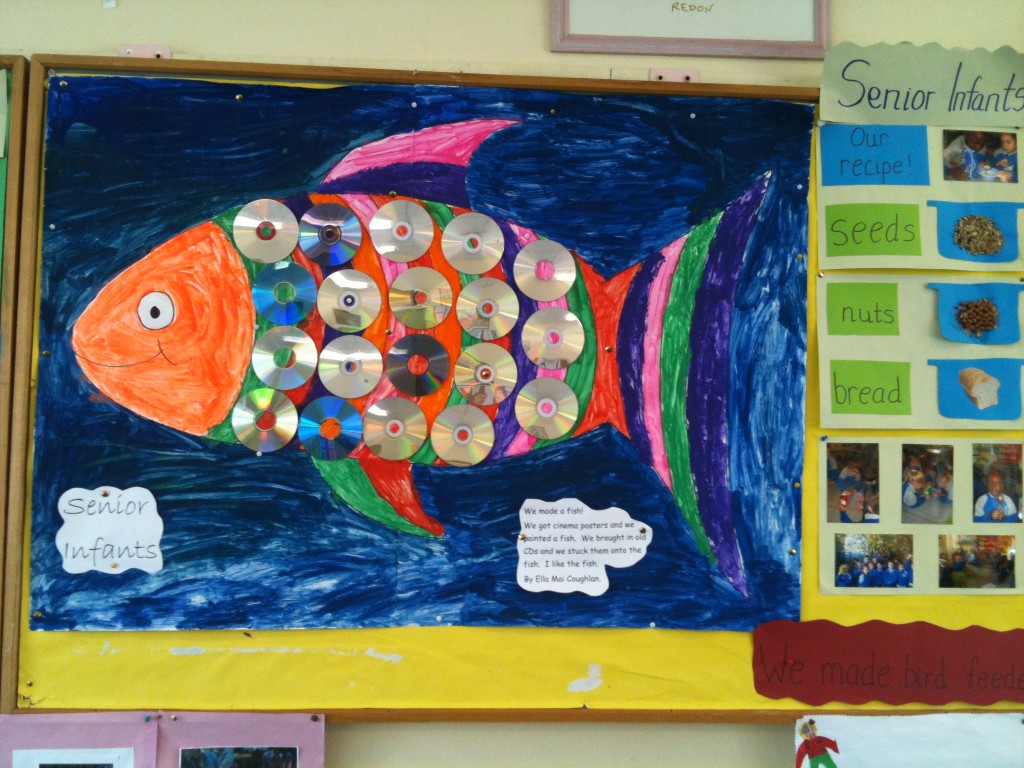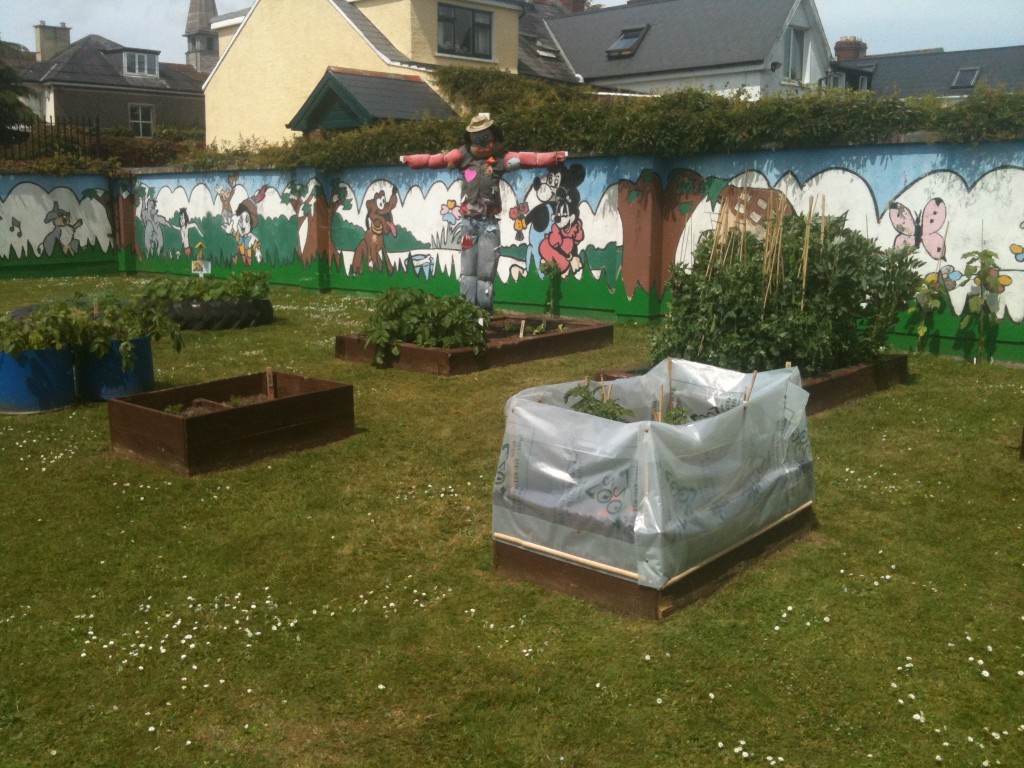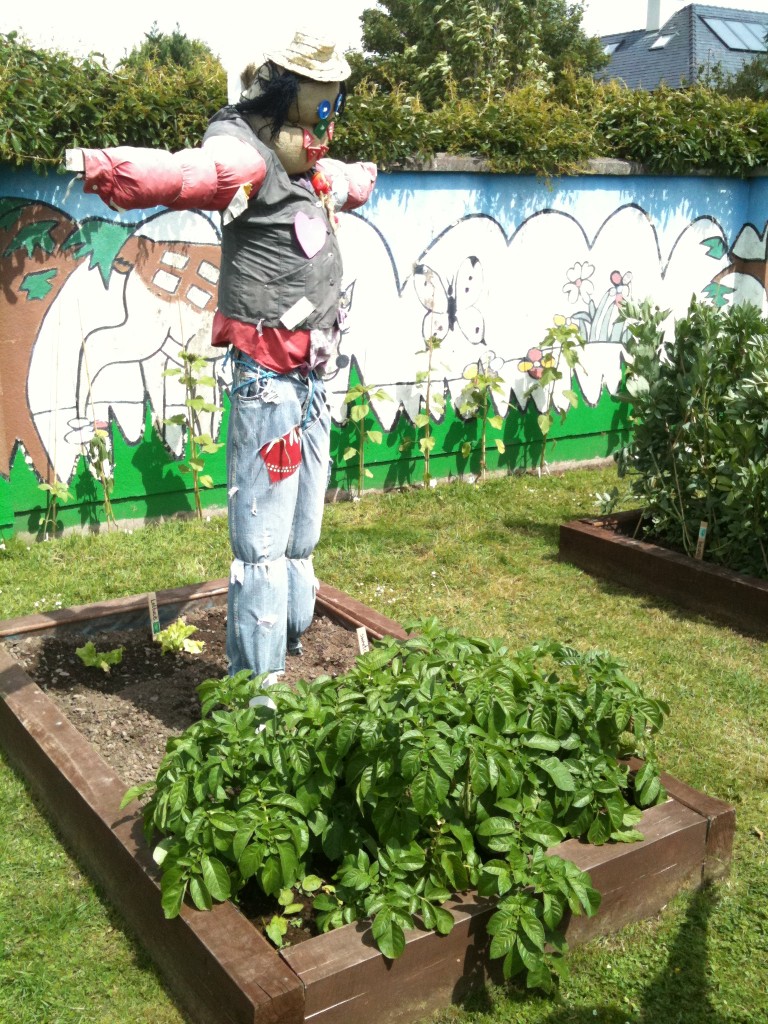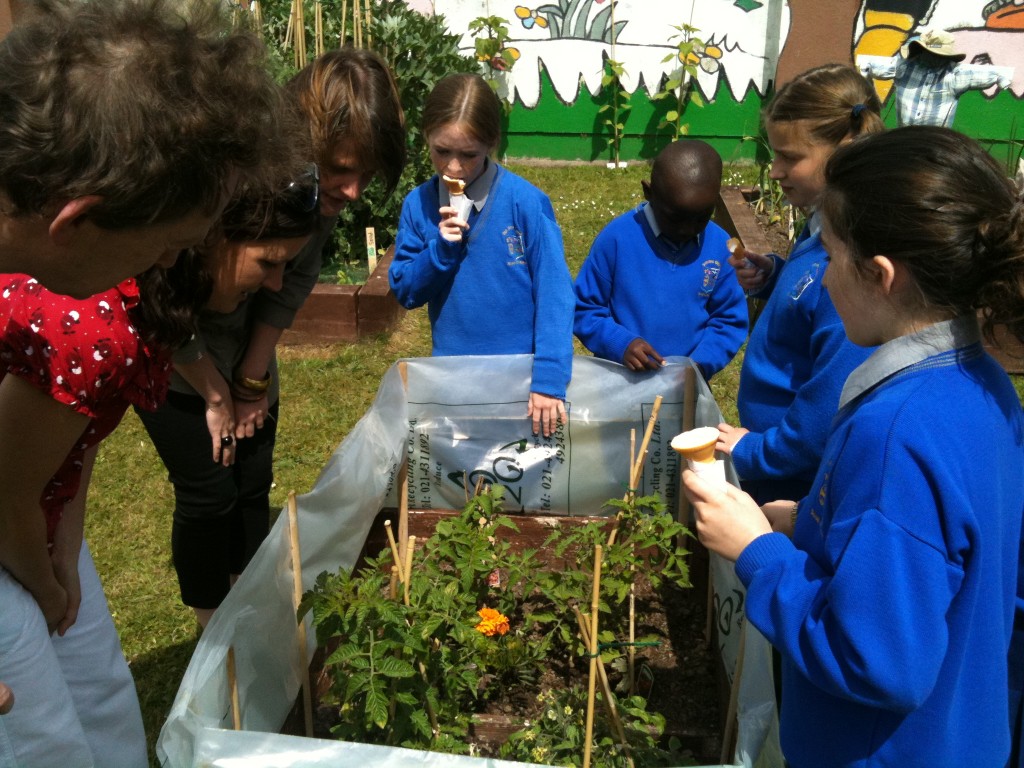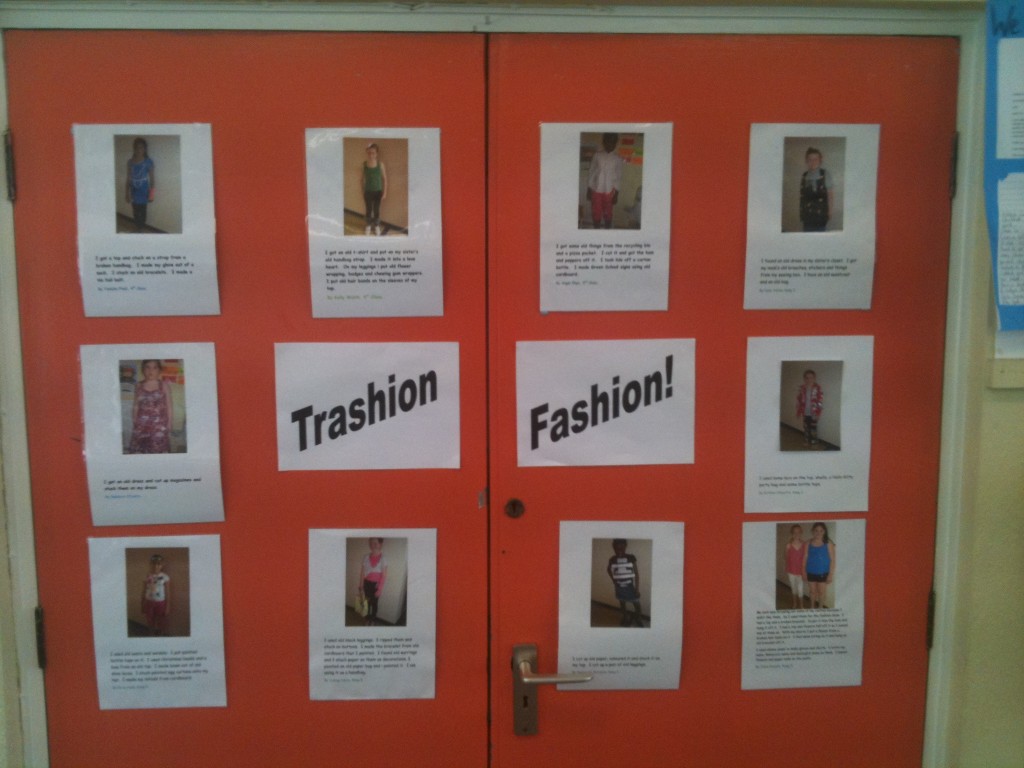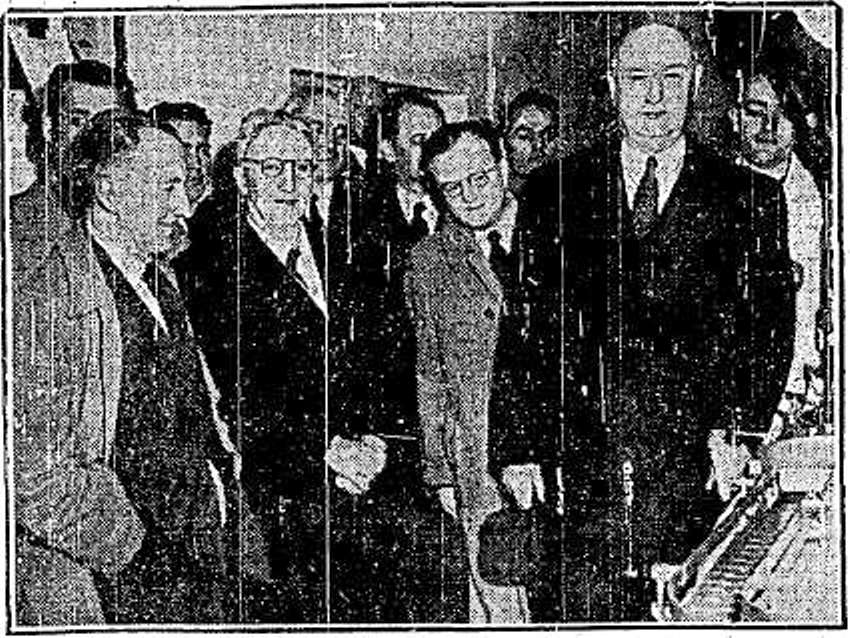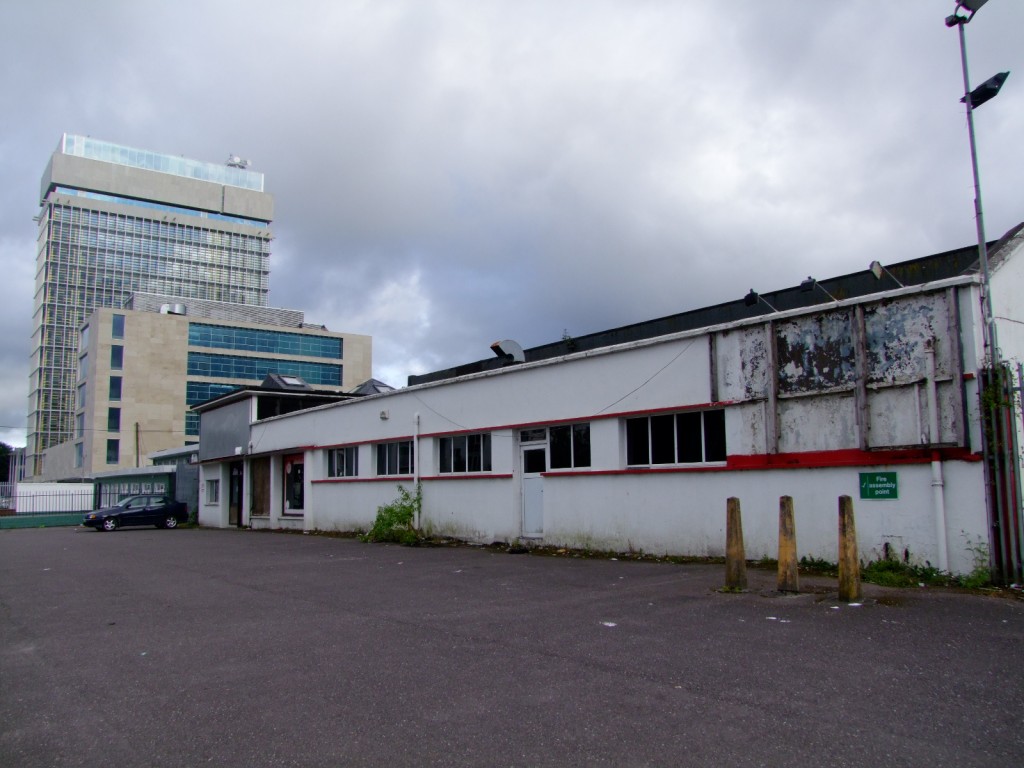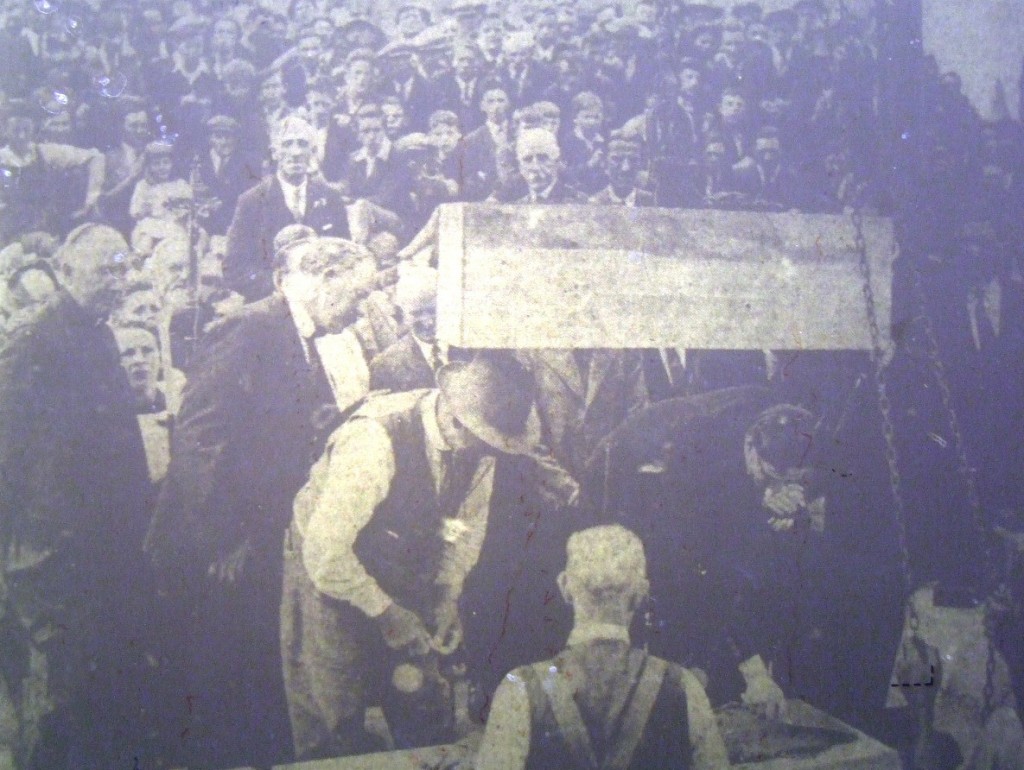
Salute to Cllr Michael O’Connell
Kieran’s Speech
“Give Us a Word”
Lord Mayor, I’d like to begin with a quote:
“We are in the midst of ruins of various sorts, and it is time that the people-especially people with the capacity of the people of Cork had shown – to look ahead and take stock of the present needs and of the prospects that lie ahead for the people who will make use of them and take proper advantage of them” (so said Eamonn DeValera, then President of the National Executive Council at the luncheon celebrating the laying of the foundation stone of City Hall on the 9 July 1932).
Lord Congratulations on a super year, your work on closing the gap between the office of Lord Mayor and the public is admirable. Plus your own work on taking stock of the present needs of the city and pushing the Rebel city forward is great. Your weekly Lord Mayor clinics raised a lot of eyebrows initially but ultimately have been a success. The idea of opening up City Hall to civil marriages raised eyebrows but also turned out very well. The idea of walking in the St. Patrick’s Day Parade raised eyebrows but ultimately was a success
You held your ground and went for the big event – the invite of the Queen – again you were questioned but stuck to your belief that this would be good for the city and many, many Cork people came out to support the idea.
Interestingly enough, the morning when President DeValera arrived at the city hall site to lay the foundation stone of this building in July 1932 he was also greeted by a large gathering of the citizens, who had not only thronged the large space within the hoardings but also outside on the street. Catholic Boy scouts and Civic Garda were under pressure to maintain control over the enthusiastic crowds.
On DeValera’s arrival, he was led onto the city hall site. The foundation stone was suspended from a pulley block and lowered into position, and with the aid of silver trowel, with an ivory handle (now in the Lord Mayor’s Chamber, City Hall), he performed the function of laying the stone on the foundation. Then in a few words in Irish, the President declared the stone laid. The band of the Greenmount Industrial Schools then played the national anthem.
That foundation stone is still there just on the left as you come in the door.
As President DeValera was about to walk away from the foundation stone, a voice behind him shouted “Give us a word, Eamonn”. The President under pressure addressed the gathering, said: “All I wish to say is that I hope that with this stone we are laying the foundation for renewed prosperity for your city”. The President subsequently motored to the Victoria Hotel where he was entertained to lunch, with the Lord Mayor Sean French, presiding.
The Lord Mayor at the luncheon welcomed the President and company and referred to the deaths of Lord Mayor’s MacCurtain and McSweeney and the circumstances in which the old city hall was destroyed. He linked the laying of the foundation stone of the new building to both individuals and how they strived to lay moral foundations of unity in the Irish nation.
DeValera in his speech referred to them as comrades in the Irish Republican Army. He was imprisoned with Terence McSweeney so he knew him well and appreciated “his wonderful strength of character he possessed throughout his life”. In coming to lay the foundation stone of the new City Hall in Cork, he hoped that it would be “symbolic of the prosperity and the future glory of the country, to come as a result of the sacrifices, which had been made by the men like those to whom the Lord Mayor had referred to”.
DeValera returned four years later for the official opening of the building on the 8 September 1936. Addressing the masses, he noted:
“This noble building raised in a spot made sacred in Ireland by the devotion and the sacrifices of the great public men who labored here, cannot fail to be an inspiration to the young people of Cork….
I am sure the people will not shrink from the work that is necessary of the efforts of the past are not to be in vain. The people of this city have clung tenaciously to their nationality with courage and hope even in the darkest hours. Surely that courage and that hope will not sway them now when the dawn is at hand.”
And of course, as we celebrate the 75th anniversary of City Hall this September, these are all elements that were re-visited this past Council term as we commemorated the 9oth anniversary of the Terence McSwiney and Tomas McCurtain plus tangled with Ireland’s relationship with Britain and the place of our nationhood.
DeValera continued and referred to the future prospects for Ireland:
The world needs the efforts of the Irish people who had already done wonderful work; and have reached high ideals in positions throughout the world. The Irish people today have a wonderful chance for a great spiritual leadership in a world which needs restoration from the ruin of social order to which it had fallen.
If only they could push these efforts in the right way there was a big chance for the Irish people to set a great example to the rest of the world. The Irish people have a wonderful chance to experiment in bringing about the right social order in a world where it had fallen to pieces”.
Perhaps in inviting the Queen Elizabeth II, Lord Mayor have set an example to the rest of the world and given the people of Cork a wonderful chance to experiment in bringing around the right order and restoration of a world in pieces. Unity of purpose, initiative, innovation, imagination, thinking outside of the box were all traits you brought to bear on your term as Lord Mayor and ultimately these and other traits will keep Cork at the cutting edge of where Ireland needs to go.
O course Lord Mayor you also had your “Give us a word moment”. I was impressed that anywhere you went in the city, you were either born there, raised there, worked there, dated there, played darts there, drank there or generally hung out around there…. and brought those memories out through your speech rooting your sense of place and those you addressed!
I would also like to congratulate the Deputy Lord Mayor, Cllr Denis O’Flynn. My abiding memory of my colleague during his year was at the Lifetime Lab when two minutes before an event promoting walking to school…the organizer came to Cllr O’Flynn and said “Give us a word Denis”. Cllr O’Flynn turned away commenting what will I say…two minutes later, Cllr O’Flynn stood up to talk on one of his Mastermind Council topics, roads and transport. He finished the sermon twenty minutes later. Thanks for your energy and enthusiasm all year.
And to conclude, when the Lord Mayor, Sean French arose to address the members present at the celebratory luncheon on the 8 September 1936, he asked what can a Corkman say of Cork? He noted:
“ Perhaps I can rely on the words of D.L. Kelleher;[Cork people are] explosively enthusiastic, cynically indifferent, vowing, forgetting, ribald and reverent by turns, its pageant passes, saints and smart boys, heroes and gladiators, Samaritans and snobs, all in the history of Cork, within the spreading Lee – a city that, however condemned, however much dissented, must for its surpassing beauty of hill and river, return to favour like a lovely, evasive compelling woman in the end.”
Thank you
